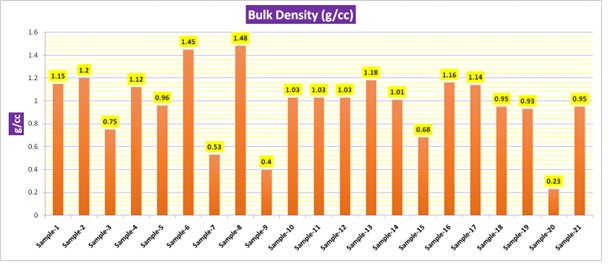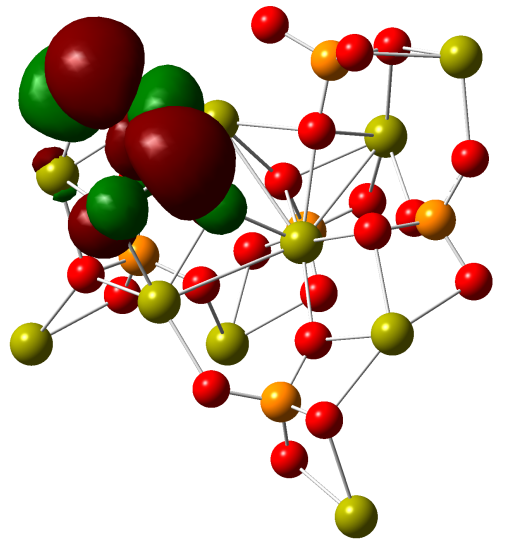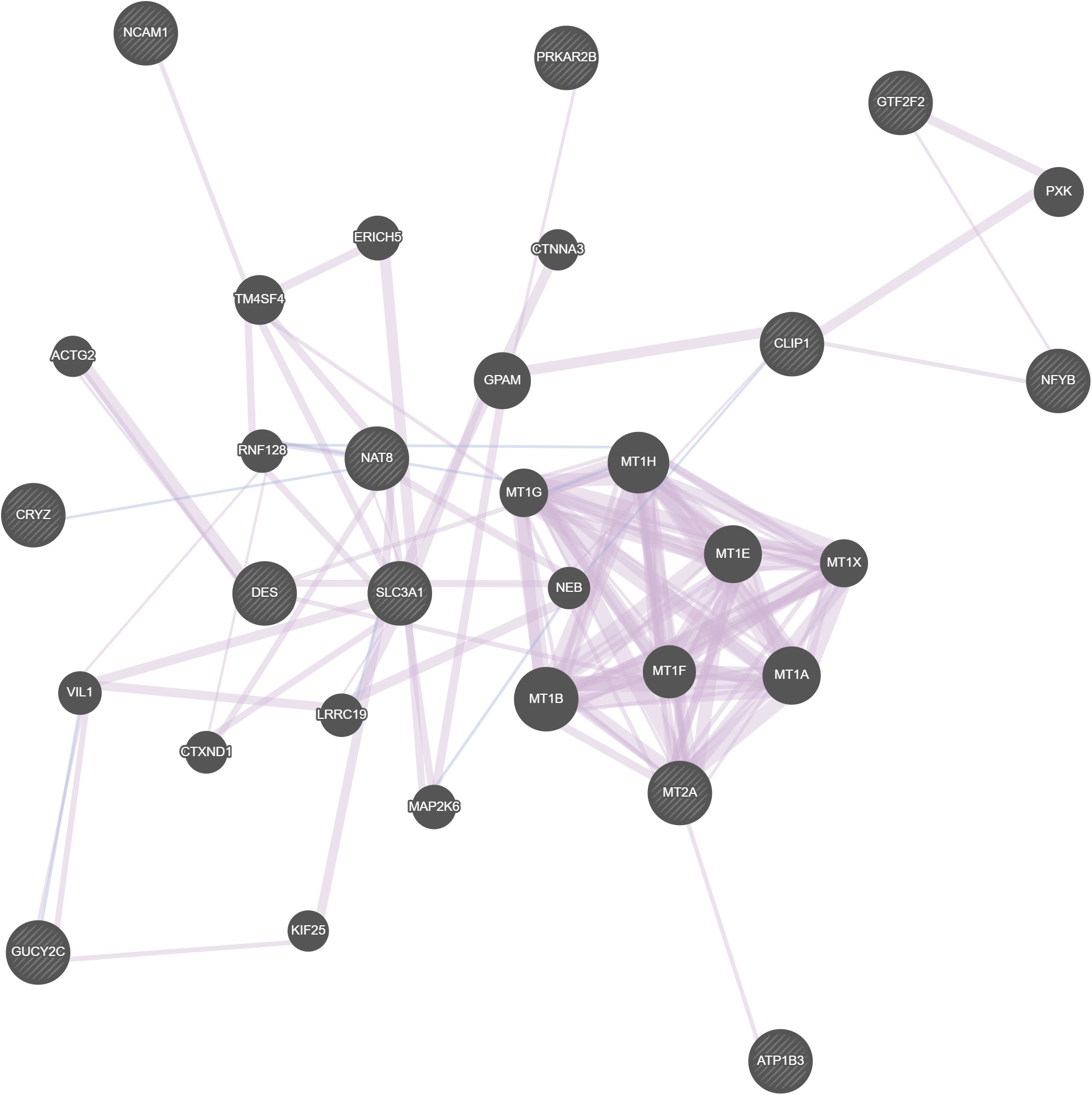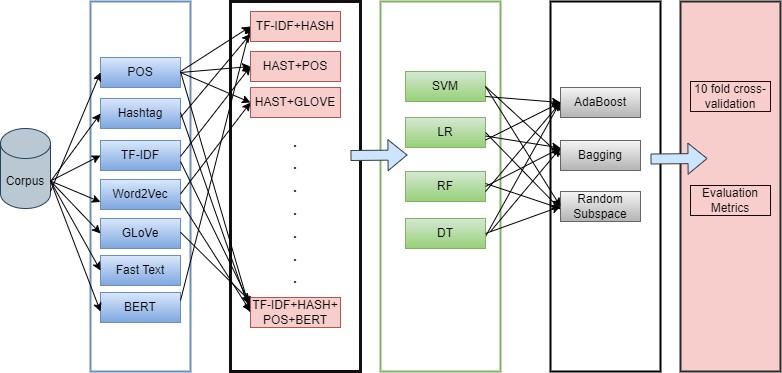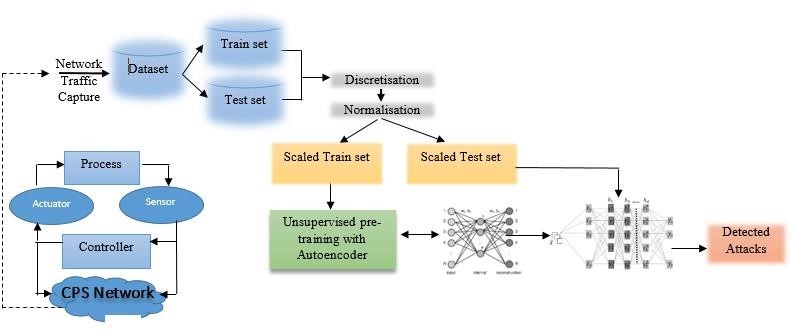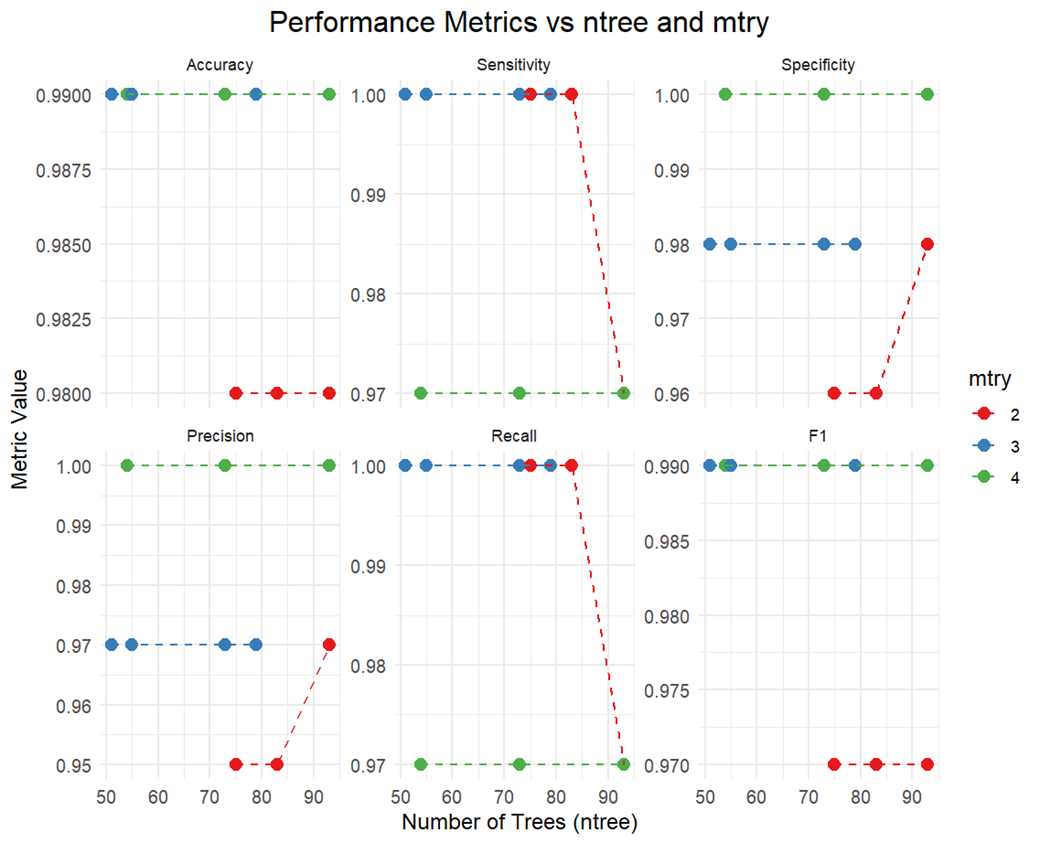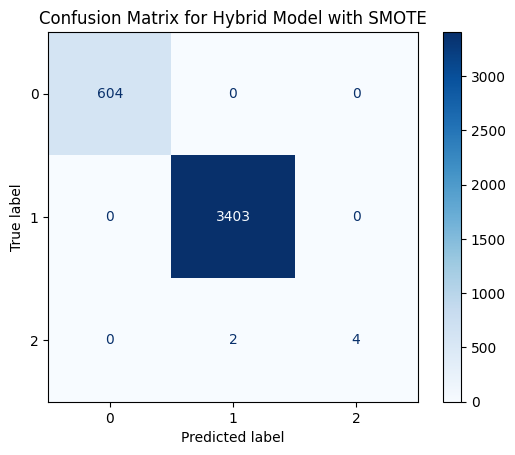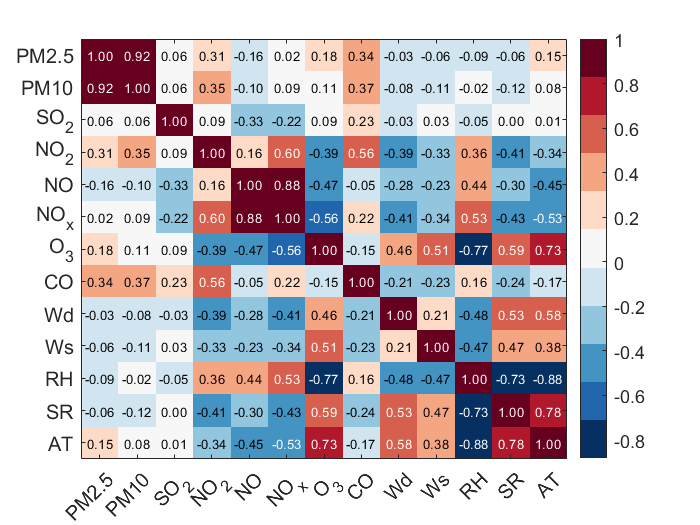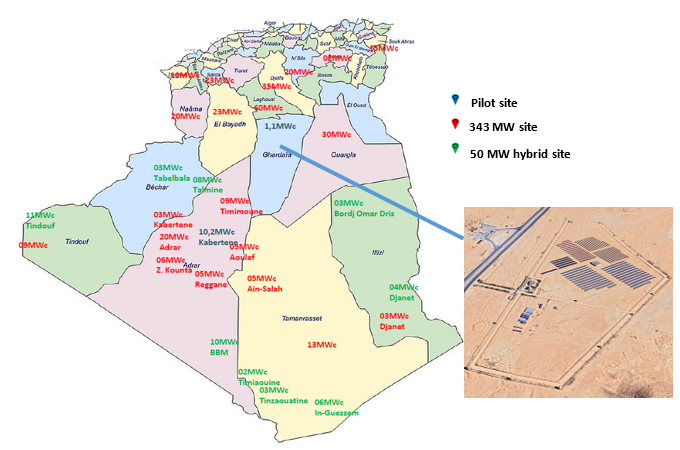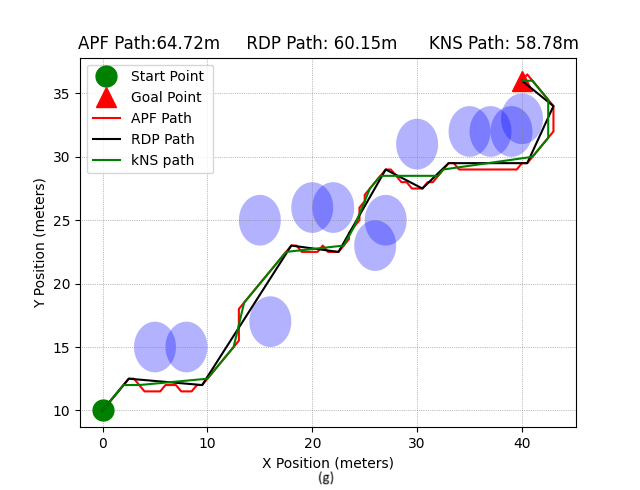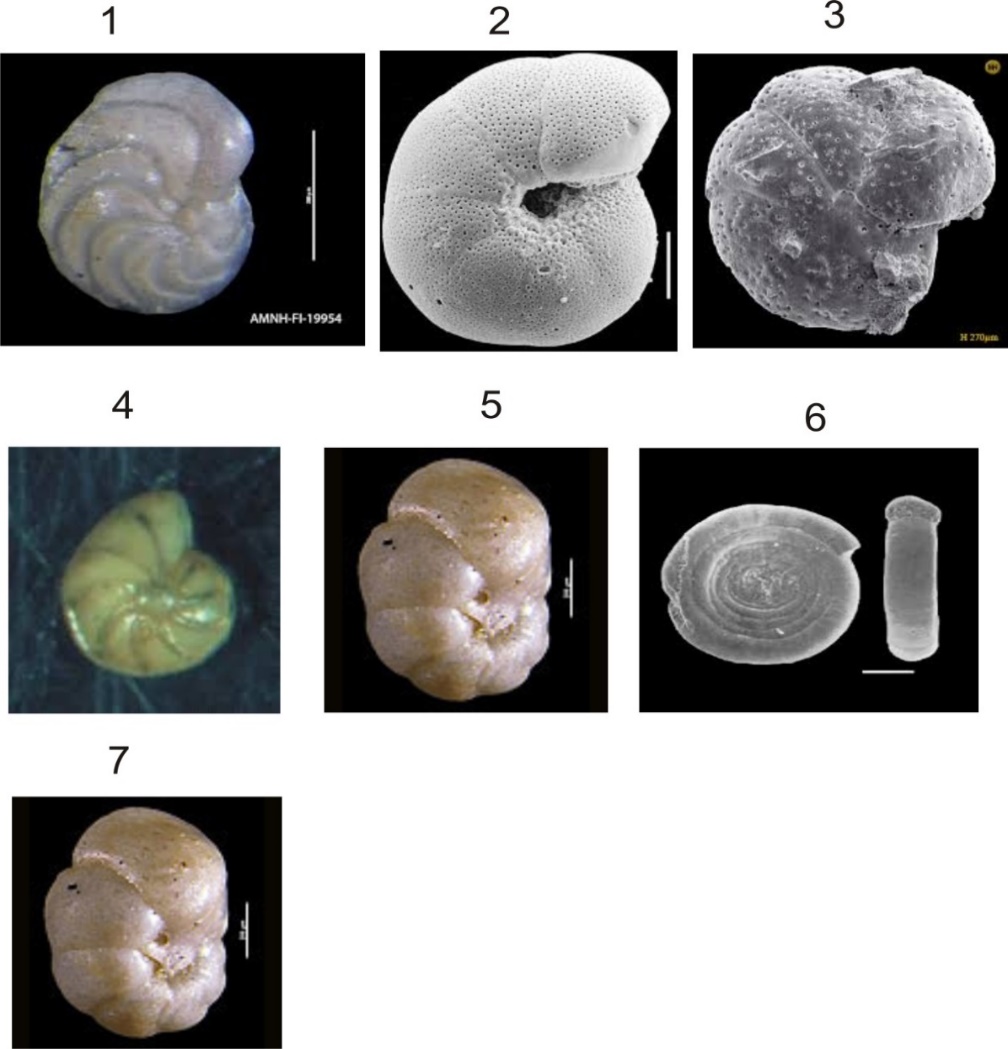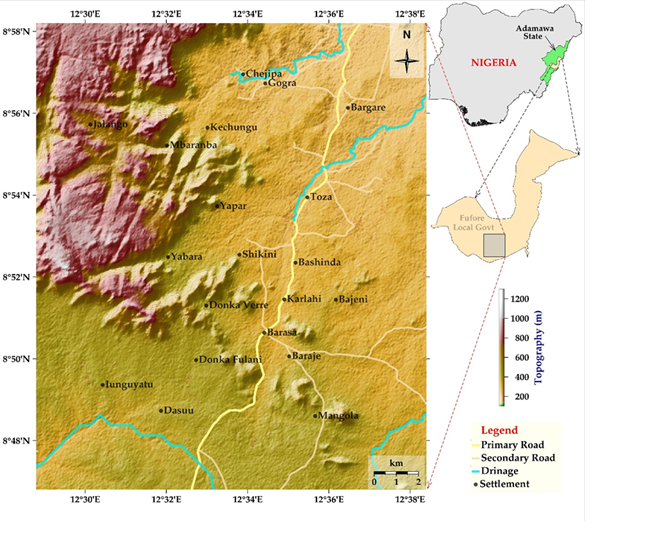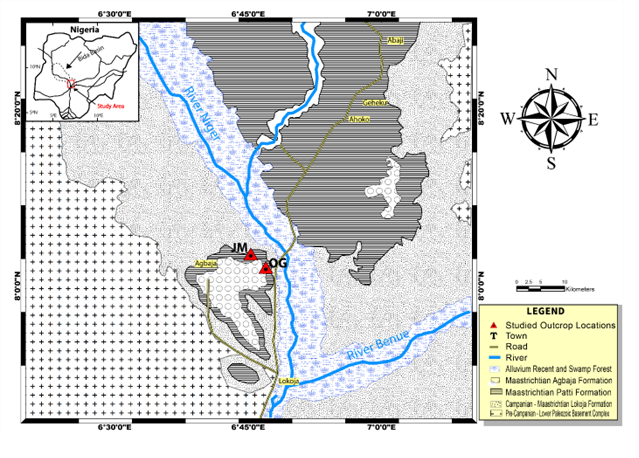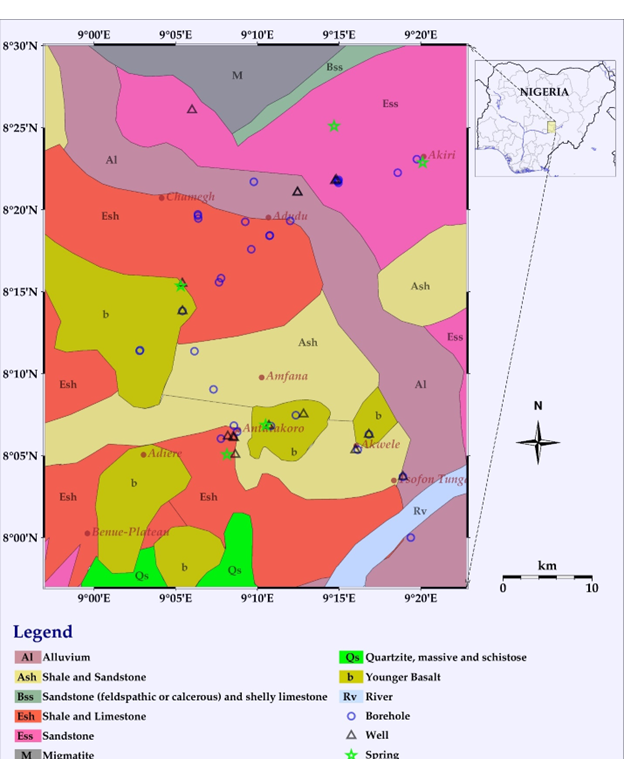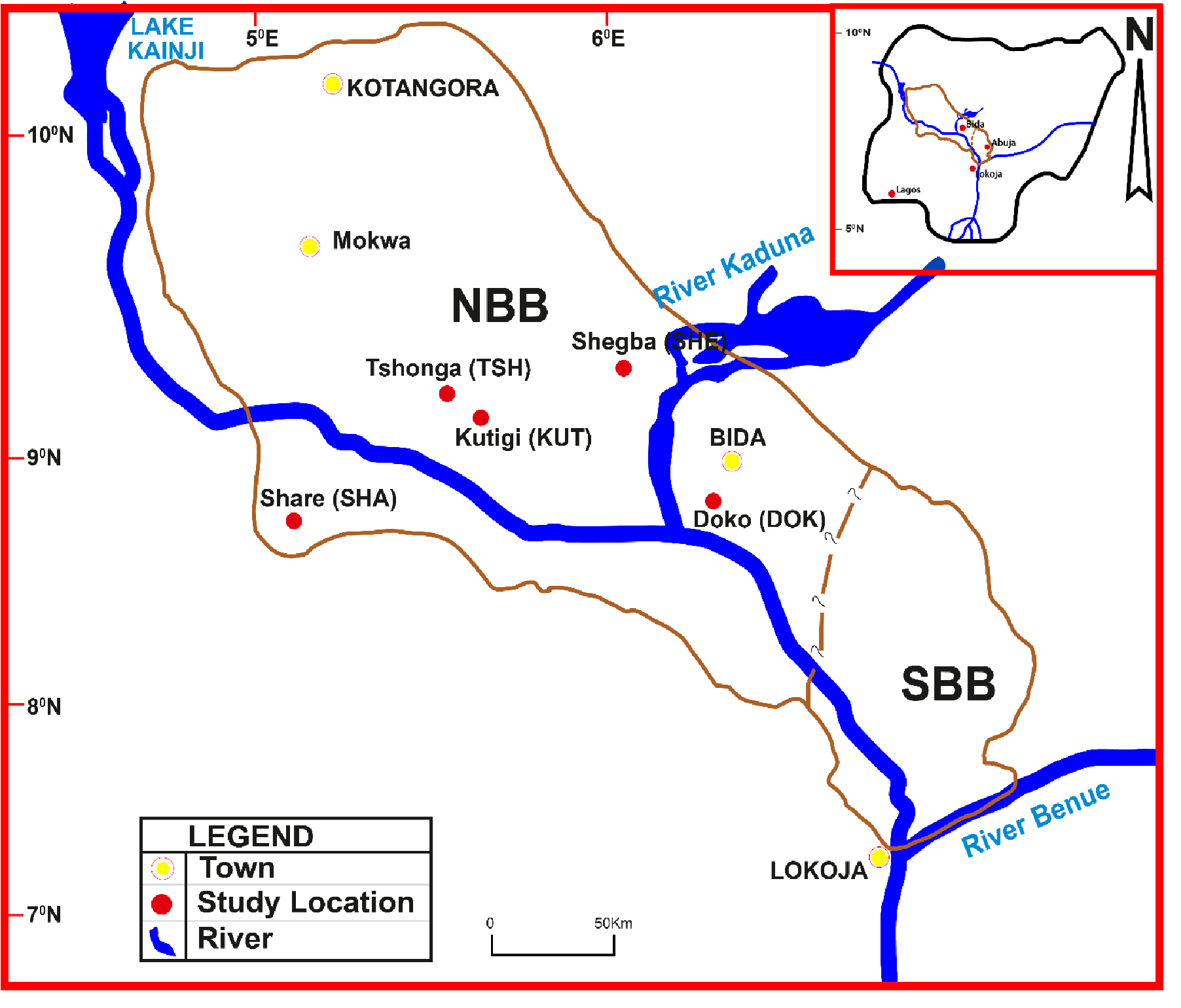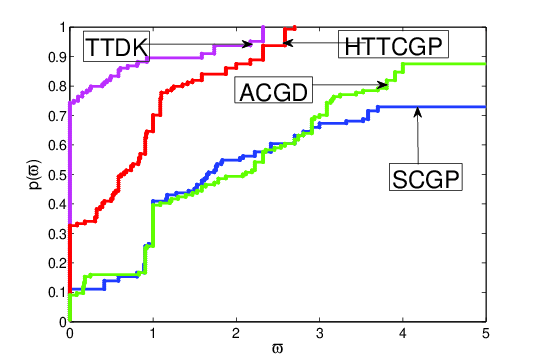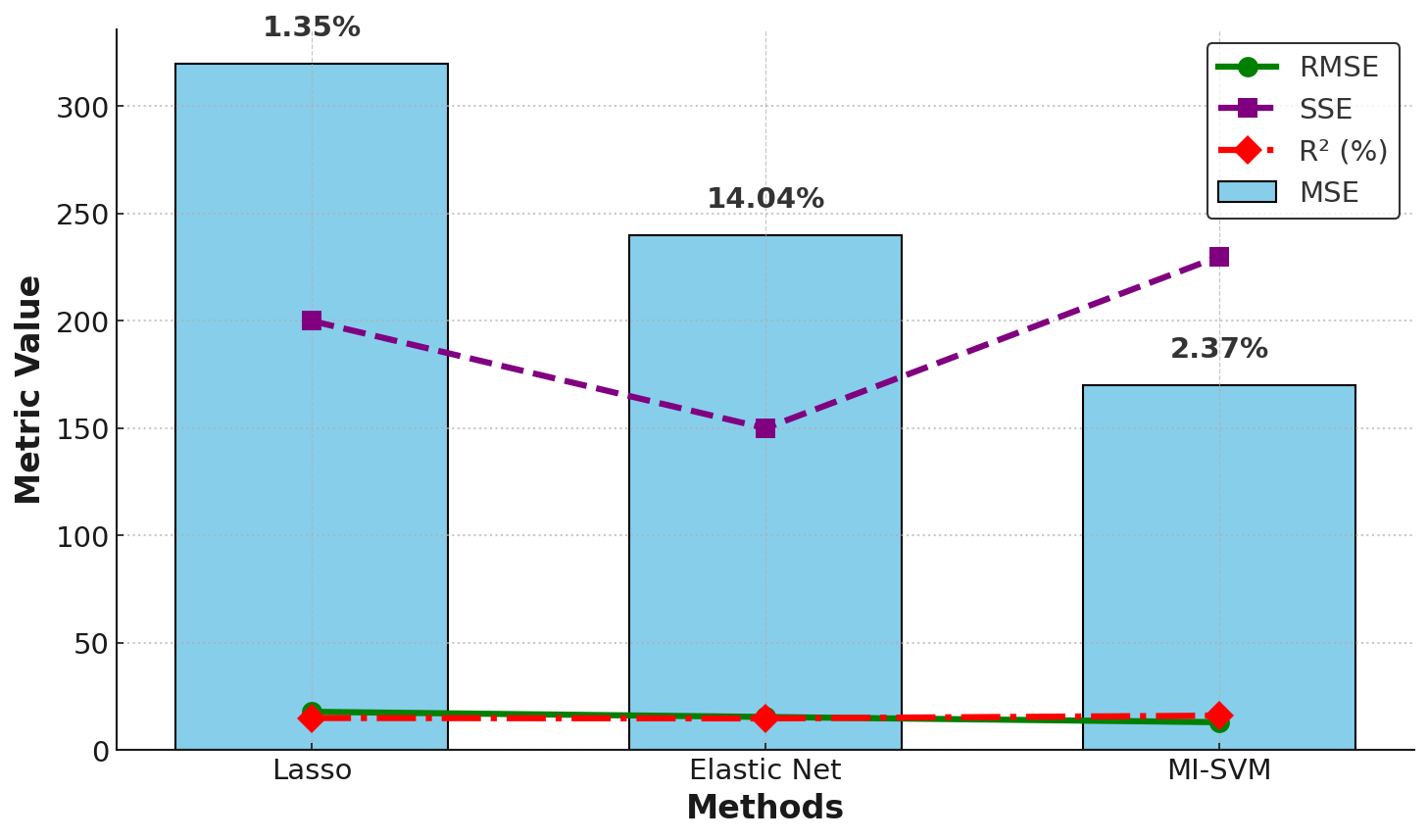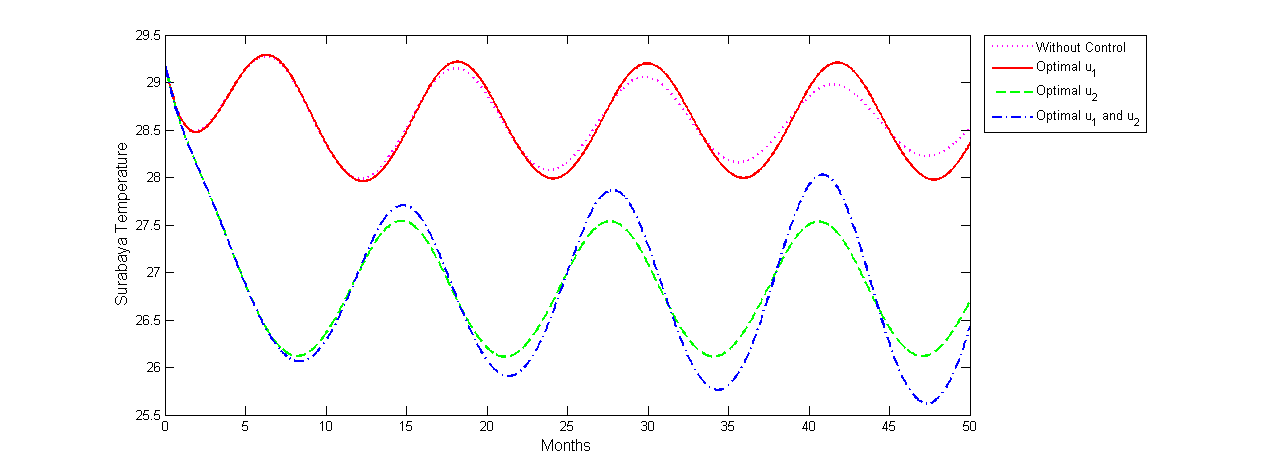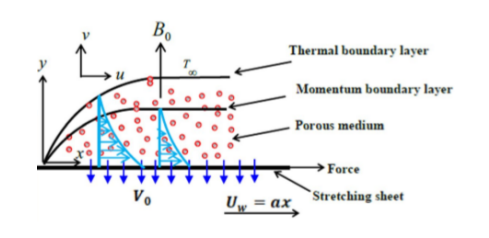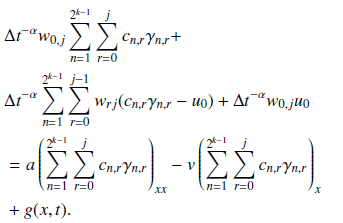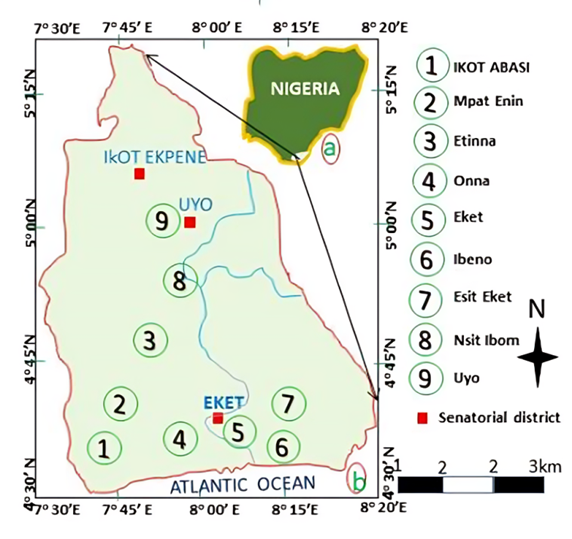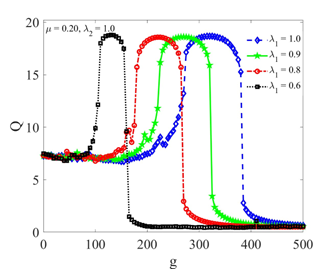Volume 7, Issue 3, August 2025
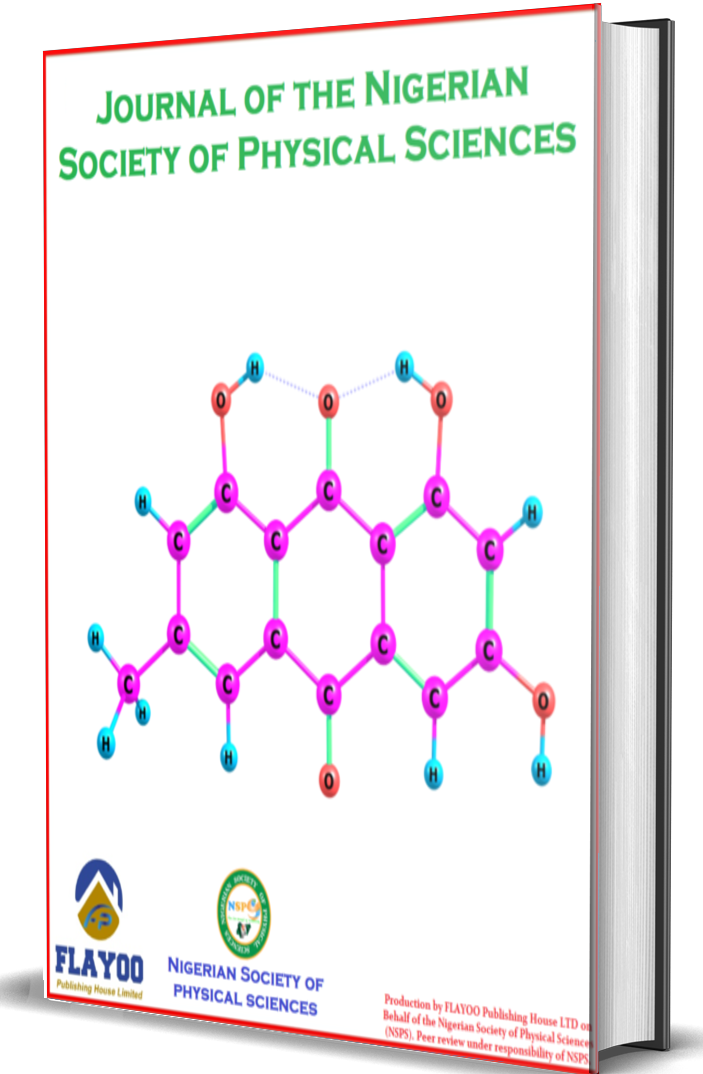
We are pleased to present Volume 7, Issue 3 (August 2025) of the Journal of the Nigerian Society of Physical Sciences (JNSPS), a multidisciplinary collection of scholarly works that continue to push the boundaries of scientific inquiry and innovation. This issue features high-quality research across Chemistry, Computer Science, Earth Sciences, Mathematics & Statistics, and Physics & Astronomy, showcasing novel methodologies, impactful results, and practical implications.
In the Chemistry section, the focus is on sustainability and biomedical applications. One study investigates environmentally secure methods for industrial solid waste disposal through incineration, while another explores the synergistic antimicrobial properties of hydroxyapatite and chitosan composites with gentamicin, supported by computational approaches such as density functional theory and molecular docking.
The Computer Science contributions reflect a rich blend of algorithmic and application-driven innovation. Research in epidemic data modeling utilizes machine learning techniques to manage class imbalance, enhancing disease surveillance systems. A novel hybrid deep learning framework, integrating CNN, LSTM, and attention mechanisms, is proposed for air quality prediction. Photovoltaic power forecasting benefits from advanced feature selection and signal decomposition techniques. Additional studies focus on path optimization algorithms, high-dimensional survival data analysis, tweet classification during disaster scenarios, and cyber-physical intrusion detection using deep autoencoders. Moreover, a fuzzy-optimized random forest model addresses the growing concern of technostress classification.
In Earth Sciences, a comparative geochemical analysis sheds light on lithium enrichment mechanisms within aquifers. Sedimentological and weathering signatures of claystones, biostratigraphic reconstructions from the Niger Delta Basin, and tectonic insights from satellite-based geological mapping expand our understanding of Nigerian geology. Another study deciphers provenance and tectonic settings through the geochemical fingerprinting of Patti Formation shales.
Mathematics & Statistics is represented through contributions addressing both theoretical and applied challenges. Methods for discretizing Caputo time-fractional advection-diffusion equations are presented alongside numerical algorithms for image de-blurring. Feature selection for hybrid survival models, optimal control strategies in climate dynamics, and simulations of micropolar fluid dynamics with heat transfer enrich the field with computational depth and real-world relevance.
The Physics & Astronomy section includes a theoretical exploration of vibrational resonance phenomena within biophysical systems incorporating fractional-order damping. Another important contribution evaluates health risks associated with radionuclide exposure in industrial environments, providing essential data for public health interventions.
This issue reflects our commitment to advancing scientific discourse and fostering interdisciplinary research. We extend our gratitude to all contributors, reviewers, and editorial board members for their unwavering dedication and scholarly integrity.
B. J. Falaye
Editor-in-Chief
Journal of the Nigerian Society of Physical Sciences

